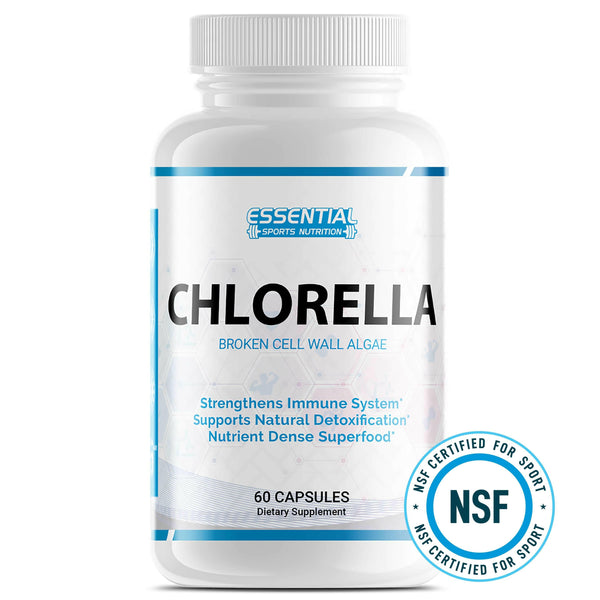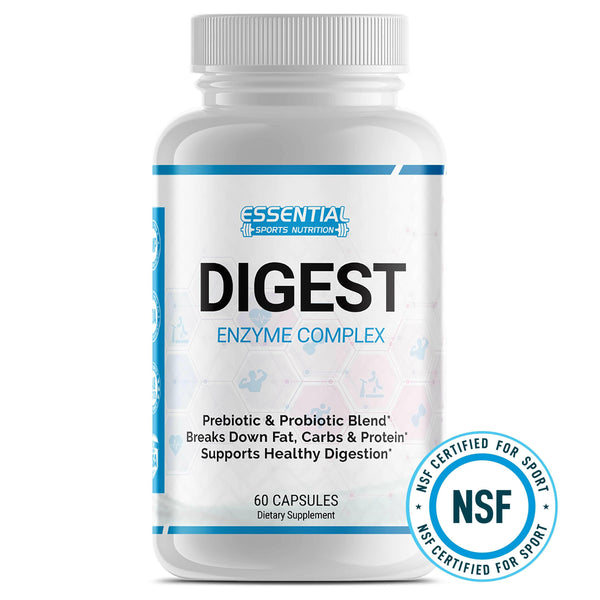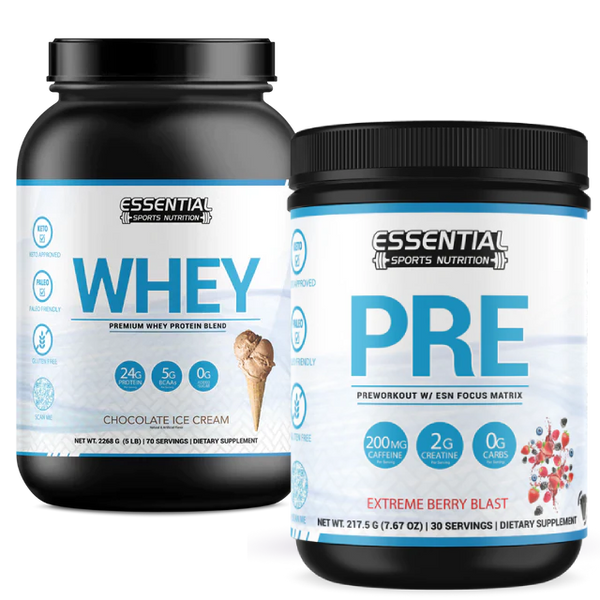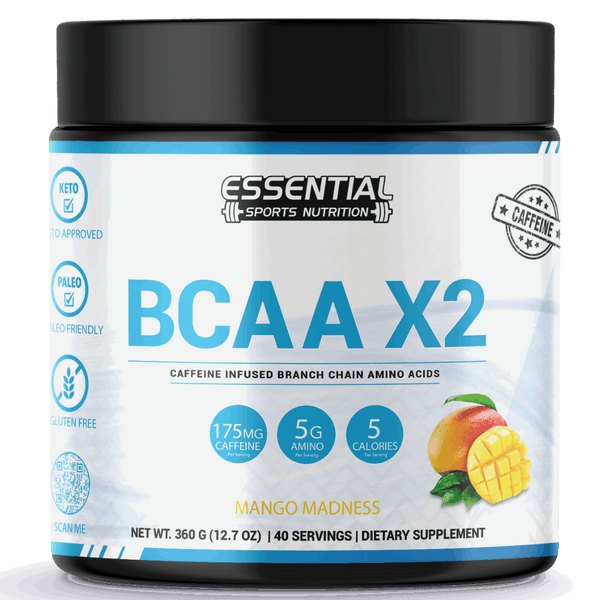Leg Curls: Muscles Worked, and Curl Variations for Stronger Hamstrings
Position the roller pad above your heels, inhale to engage core muscles, and grasp handles for stability during leg curls. This targets your hamstrings effectively and reduces injury risk while improving lower body strength, balance, and muscle stamina. Variations like standing leg curls with resistance bands or seated leg curls offer targeted workouts. Safety includes warm-ups, proper equipment setup, controlled movements, and listening to your body for any discomfort. Immerse yourself in the world of leg curls to access a whole new level of lower body strength and balance.

Key Takeaways
- Proper form: Position roller pad above heels, engage core, grasp handles for stability, target hamstrings effectively.
- Benefits: Engage lower body muscles, enhance strength and balance, reduce injury risk, beneficial for aging individuals.
- Muscle strengthening: Comprehensive lower body training, strengthen and tone muscles, improve balance and reduce injuries.
- Athletic performance: Enhance explosiveness, improve balance, minimize imbalances, boost overall performance.
- Injury prevention: Strengthen hamstrings, improve flexibility, enhance balance, prevent injuries, develop lower body strength.
Proper Form for Leg Curl
Ensure the roller pad is positioned above your heels when performing leg curls to maintain proper form. This placement effectively targets the hamstrings and prevents unnecessary strain on your lower back. Remember to inhale to support your core muscles as you flex your knees to bring your ankles closer to your buttocks. It is vital to grasp the machine handles for stability and control throughout the exercise.
Engage your toes during the movement to enhance the focus on your hamstrings or calves. Avoid positioning the leg pad too high on your calves, as this can lead to incorrect form and reduce the exercise's effectiveness. Gradually increasing the weight used in leg curls is important for optimizing muscle mass development while minimizing the risk of injury. By following these guidelines, you can ensure that your leg curl routine is safe and beneficial for your lower body strength and muscle growth.
Benefits of Leg Curl
When you perform leg curls, you are working on your hamstrings and engaging your calf muscles, glutes, quads, and shins, contributing to a well-rounded lower body strength and balance. Including leg curls in your workout routine can enhance your athletic performance and reduce the risk of injuries during daily activities. Research indicates that leg curls are particularly beneficial for aging individuals, especially those with knee or joint concerns, as they help maintain muscle strength, stamina, and improve balance.
Muscle Strengthening Benefits
Engaging in leg curl exercises offers a comprehensive lower body strength training regimen, targeting key muscle groups like the hamstrings, calf muscles, glutes, quads, and shins. By incorporating leg curls into your workout routine, you can effectively strengthen and tone these muscles, leading to improved overall lower body strength and balance. This targeted muscle strengthening enhances your physical appearance and plays an essential role in supporting daily activities and reducing the risk of injuries. Additionally, leg curls are beneficial for individuals with knee or joint issues as they help maintain flexibility and aid in aging well. Studies have shown that including leg curls in your exercise regimen can enhance proprioception, muscle strength, and balance, making it a valuable addition for bodybuilders, strength athletes, beginners, and those aiming to prevent hamstring injuries.
Improved Athletic Performance
Looking to enhance your athletic performance greatly? Leg curls are your ticket to improved agility, speed, and power. You can boost your explosiveness for activities like sprinting and jumping by strengthening your hamstrings through leg curls. This increase in hamstring strength translates to better performance in sports such as football, basketball, and track and field. Not only will leg curls help you move faster and more efficiently, but they also contribute to better balance and stability, reducing the likelihood of injuries during intense athletic endeavors. Athletes who integrate leg curls into their training routine often find themselves achieving higher levels of performance while minimizing muscle imbalances. So, if you want to up your game, leg curls are a must!
Injury Prevention Assistance
Strengthening your hamstrings with leg curls is a key strategy in preventing injuries and enhancing your overall physical well-being. By engaging in leg curls, you strengthen the hamstring muscles and improve their flexibility, reducing the likelihood of strains or tears during physical activity. Enhanced hamstring strength from regular leg curl exercises can boost your athletic performance and lower the risk of injuries. Maintaining strong hamstrings is crucial for injury prevention in various movements, offering better balance and stability to help prevent falls or accidents. Including leg curls in your workout routine is a valuable way to develop thorough lower body strength, providing essential support for overall injury prevention and improved physical well-being.
Leg Curl Variations
Before exploring different leg curl variations, it's important to understand how each variation targets the hamstrings in unique ways to enhance your workout routine. The Standing Leg Curl focuses on the hamstrings with less hip flexion compared to lying leg curls, providing a different challenge. For added difficulty, try the Standing Leg Curl With Resistance Band, which not only targets the hamstrings but also engages your stabilizing muscles. If you want to work on strength and control, the Prone Leg Curl With Resistance Band is ideal as it targets the end range of hamstring movement. Seated Leg Curl is great for maximizing the hamstring stretch at the starting position, effectively targeting the muscles. For those looking to enhance hamstring stability and strength, the Nordic Hamstring Curl is perfect as it emphasizes the eccentric portion of the exercise. Incorporating these variations into your leg curl routine can help you target your hamstrings thoroughly for better results.
Standing Leg Curl
Incorporating resistance bands in standing leg curls can enhance the challenge, effectively targeting the hamstrings for strength and stability gains. Standing leg curls focus more on the hamstrings with less hip flexion than lying leg curls. This unilateral exercise promotes better muscle isolation by working one leg at a time. The controlled movements required during standing leg curls engage the hamstrings and challenge your balance, offering functional strength benefits. Additionally, supporting the opposite leg can improve stability and muscle coordination. Adding resistance bands increases the difficulty level to intensify the workout, further strengthening the hamstrings and enhancing overall stability. Standing leg curls are versatile and can help you build strength and improve muscle control.
Seated Leg Curl
The Seated Leg Curl exercise is a highly effective option for a targeted hamstring workout emphasizing muscle growth and strength. Recent studies have shown a 55% increase in hamstring growth compared to lying leg curls when using the Seated Leg Curl machine. This exercise works the hamstrings at a longer muscle length due to hip flexion, engaging three out of four hamstring heads. Proper form and alignment in the Seated Leg Curl can lead to improved athletic performance and reduce the risk of hamstring injuries. Including Seated Leg Curls in your leg workout routine, along with other variations of Leg Curl, provides a comprehensive way to target and develop your hamstrings effectively, contributing to overall leg strength and stability.
Stability Ball Leg Curl
To enhance your leg workout routine with a challenging twist, consider incorporating the Stability Ball Leg Curl variation for improved hamstring, glute, and core engagement. This exercise utilizes a stability ball to introduce instability, activating more muscles for balance and strength. By performing Stability Ball Leg Curls, you target the major muscles like the hamstrings and glutes and engage smaller stabilizing muscles, enhancing overall lower body stability. Using the stability ball requires increased core activation to maintain proper form throughout the movement, leading to a more functional workout. Including Stability Ball Leg Curls in your routine can help you build strength, stability, and balance in a dynamic and effective way.
Safety and Common Mistakes in Leg Curl Exercises
When performing leg curls, it is crucial to make sure that you avoid common mistakes that can hinder your progress and increase the risk of injury. Using inappropriate loads is a major error that can impede your gains and lead to potential harm. Incorrect leg placement, like positioning the leg pad too high on your calves, may reduce the exercise's effectiveness by not targeting the muscles properly. Rushing through repetitions without maintaining proper control and form is another common mistake that limits muscle engagement during leg curls. To maximize the benefits of this exercise, guarantee a full range of motion and proper technique. Correcting mistakes, such as adjusting the seat position and focusing on controlled movements, can greatly enhance the effectiveness of your leg curl workouts. By being mindful of these common pitfalls, you can optimize your leg curl routine for better results and reduced risk of injury.
Safety in Leg Curl
Start your leg curl routine by prioritizing safety to guarantee top performance and prevent potential injuries. Safety in leg curls is paramount to ensure you reap the benefits without risking harm. Here are some essential safety tips to keep in mind:
| Safety Tips for Leg Curls | |
|---|---|
| 1. Proper Warm-up | Always warm up before starting leg curls to prepare your muscles and prevent strains. |
| 2. Correct Equipment Usage | Ensure the leg curl machine is set up correctly and adjust the weight according to your fitness level. |
| 3. Controlled Movements | Focus on controlled movements during the exercise to avoid jerking or using momentum, which can lead to injuries. |
| 4. Avoiding Overtraining | Be mindful not to overtrain your hamstrings with leg curls, as this can cause tightness and potential injuries. |
| 5. Listen to Your Body | Pay attention to your body's signals. If you feel any pain or discomfort, stop immediately to prevent injuries or complications. |
Prioritizing safety during leg curls will enhance your performance and safeguard you from potential injuries. Remember, it's better to exercise with caution than to risk setbacks due to negligence.
Conclusion

To sum up, mastering the proper form and exploring different variations of the leg curl exercise can help sculpt and strengthen your leg muscles like never before. It's like painting a masterpiece with your body, each rep adding a new stroke of definition and strength. So, don't be afraid to mix it up and challenge yourself with different leg curl variations to see the amazing results unfold before your eyes. Your legs will thank you for the hard work!
Leg Curl Benefits and Muscles Worked FAQs
Q: What muscles are worked during leg curls?
A: Leg curls primarily target the hamstring muscles, specifically the biceps femoris, semitendinosus, and semimembranosus.
Q: What are some alternative exercises to the leg curl?
A: Some alternative exercises to the leg curl include deadlifts, squats, and banded leg curls.
Q: How do you properly perform lying leg curls?
A: To perform lying leg curls, lie on your back on a lying leg curl machine and lift your legs towards your body by bending your knees.
Q: How many sets and reps should I aim for when doing leg curls?
A: It is recommended to start with 3-4 sets of 8-12 reps for leg curls, adjusting the weight according to your fitness level and goals.
Q: Why is good form important when performing leg curls?
A: Maintaining good form during leg curls is crucial to preventing injury, effectively targeting the muscles, and ensuring proper muscle activation for more significant gains.
Q: What are some seated leg curl alternatives if I don't have access to a leg curl machine?
A: Seated leg curl alternatives include banded leg curls, Romanian deadlifts, or using a stability ball for hamstring exercises.
Q: What Are the Benefits of a Leg Curl Machine?
A: To maximize your workout, the leg curl machine offers benefits like strengthening multiple lower body muscles, enhancing balance, and boosting athletic performance. Regular use can prevent injuries, promote joint health, and aid in aging well.
Q: How to Do a Leg Curl Properly?
A: When doing a leg curl properly, align your knees with the machine's pivot point. Curl your legs, engaging your hamstrings, and control the weight as you bring your heels towards your buttocks. Focus on form for safety and muscle activation.
Q: What Is the Function of Leg Curl?
A: The function of a leg curl is to target and strengthen your hamstring muscles. Engaging in leg curls can improve knee flexion and hip extension, leading to enhanced athletic performance, reduced injury risk, and increased lower body stability.
Q: What Is the Correct Form for Prone Leg Curls?
A: When doing prone leg curls, lie face down, extend your legs, place the roller pad above your heels, and grab the handles. Flex your knees to bring your ankles close to your buttocks while inhaling. Use your toes to effectively target your hamstrings.




























